All Historical Tourist Attractions of Bangladesh
Visit the tourist attractions of Bangladesh on our tour! We’ve selected the best places to visit in our Attractions of Bangladesh Tour. Experience the beauty and history of this enchanting country, where each stop offers a mix of natural wonders and rich cultural heritage. The History of Bangladesh is unclear because there aren’t many records. The earliest mention of Bangladesh is in the Hindu epic the Mahabharata.
There’s also evidence of a strong Mongoloid presence. Around the 5th and 6th centuries B.C., the Aryans and Dravidians came in. After that, the Maurya, Guptas, Palas, and Senas, who were Buddhists and Hindus, played important roles in the region’s history.
We will discuss some historical tourist places.
For example
- Mahasthangarh
- Paharpur
- Phutia Temple City
- Kantajee’s Temple
- Gaud or GAUR
- Salban Vihara
- First 60 Dome Mosque
- Chittagong
- Chittagong Hill Districts
- Rangamati
- Bandarban
- Cox’s Bazar
- St. Martin’s Island
- Sylhet Moreover, Sreemangal
- Sundarbans
 Mahasthangarh
Mahasthangarh
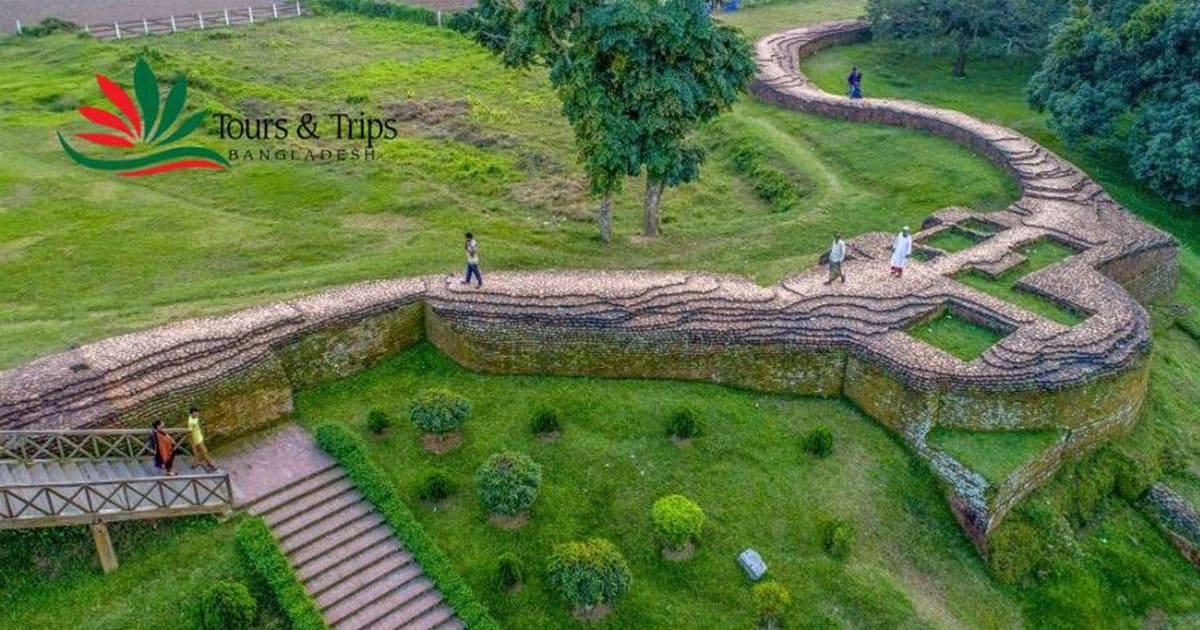
Bangladesh has some really cool tourist spots. Mahasthangarh is one of them, and it dates back to the 3rd century BC, making it the oldest archaeological site in the country. It’s just north of Bogra town. People believe that the ruins here are from the ancient city of Pundranagar. You can actually look up info about it in old records from various dynasties. Two must-see places are the Govinda Vita Temple and Vashu Vihar, both showcasing a rich history and culture. Plus, the site museum has a bunch of interesting artifacts for you to check out.
 Paharpur
Paharpur
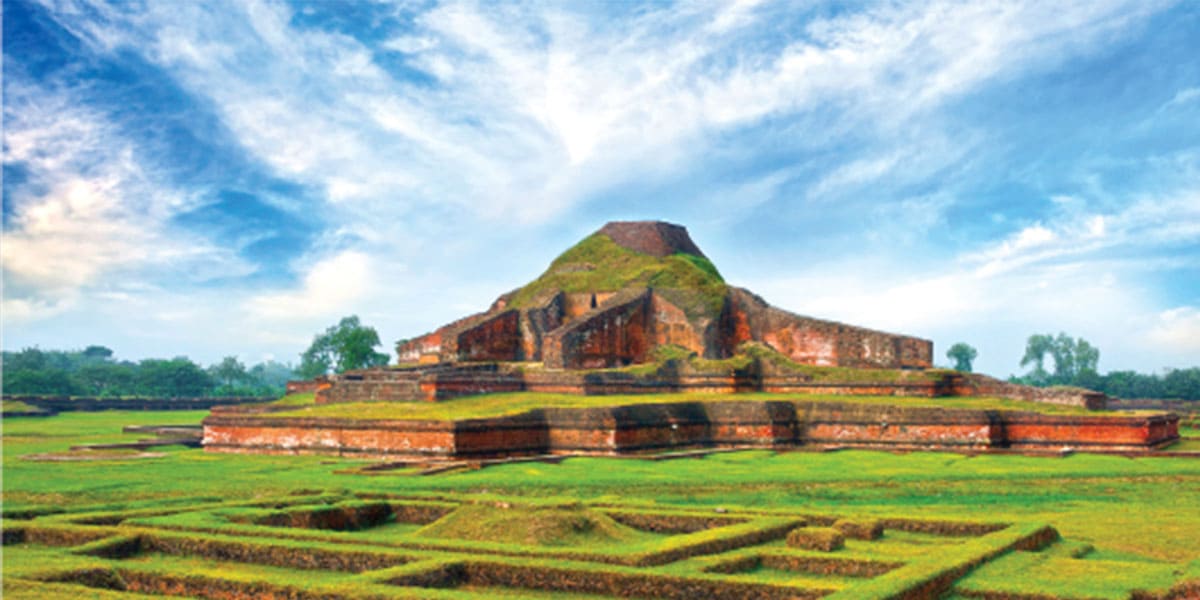
Finally, Paharpur Buddhist Vihara, which dates back to the 8th to 12th century AD, is the largest single monastery south of the Himalayas and is located in the Noagaon district. It’s now recognized as a world heritage site. From what we know, the cultural and religious life at this monastery was really connected to Nalanda Mahavihara. A well-known Buddhist scholar named Atish Dipankara spent quite a few years here. If you check out the site museum, you’ll get to see a ton of ancient artifacts, and it’s pretty cool that Paharpur is now considered a world heritage site.
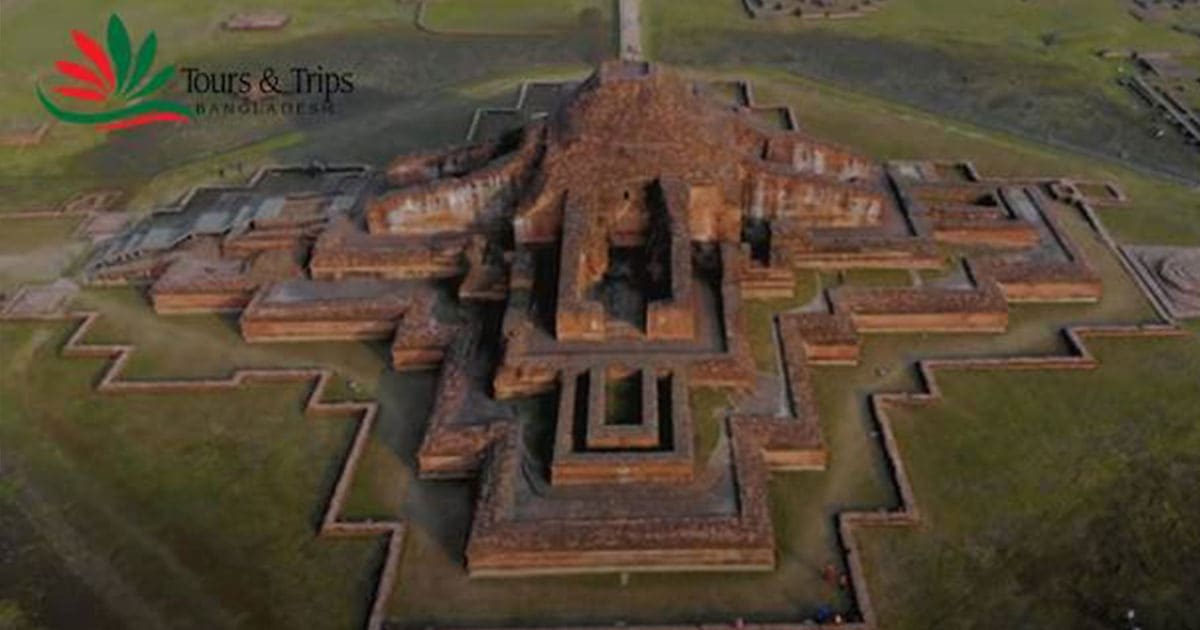
 Phutia Temple City
Phutia Temple City
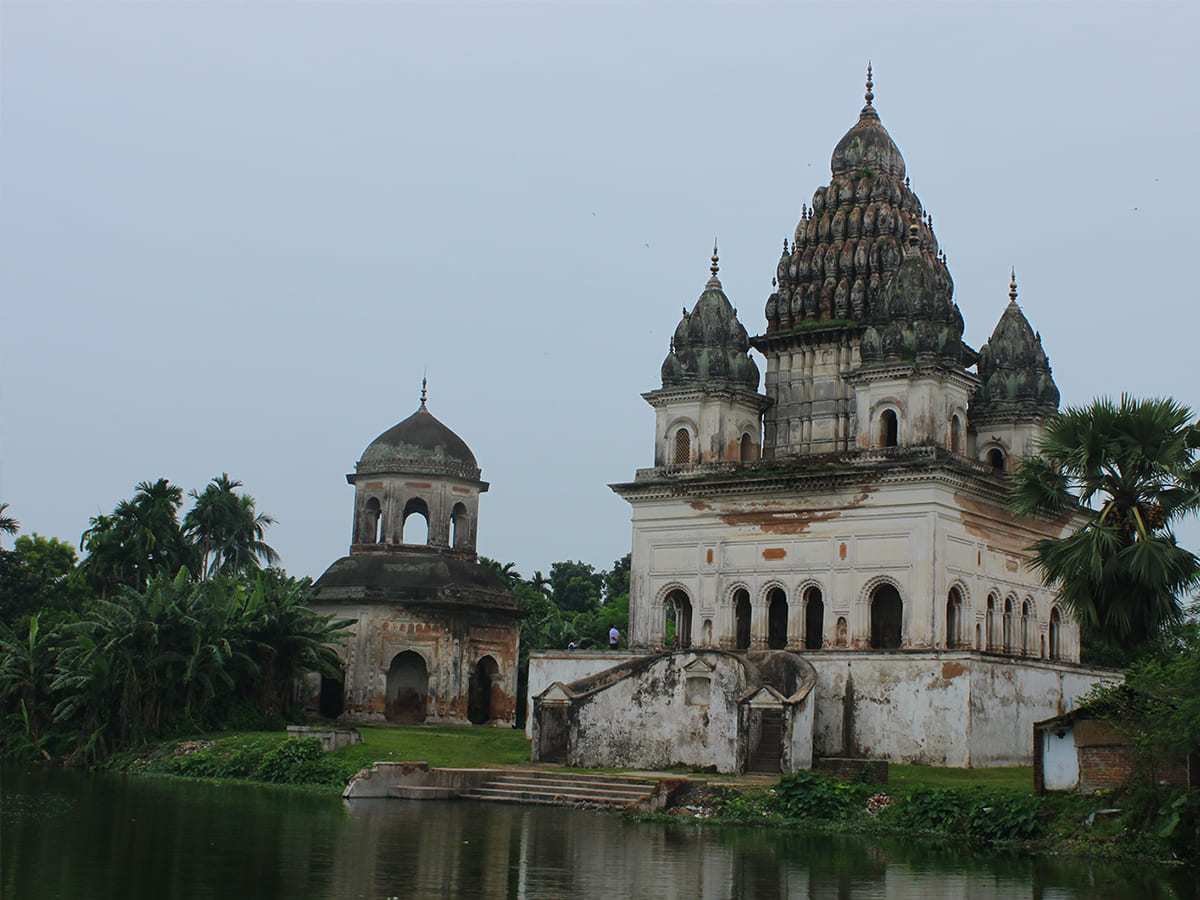
Finally, Putia Temple City in Putia is home to the stunning Govinda Temples built in 1823 and the biggest Shiva Temple in Bangladesh. This area has a bunch of impressive old Hindu temples and is in Puthia Upazila, Rajshahi Division. It’s about 23 kilometers east of Rajshahi city and boasts the highest number of historic temples in the country.
The Hindu Zamindars from the Puthia Raj family generously built these temples, which are made with terracotta and showcase a neat mix of designs that blend classic Jor Bangla style with other styles. You should also check out the Rajbari, which is the Raja’s palace, and the unique Dol Mancha nearby. The temples sit around a peaceful lake, and there’s a spacious lawn where everyone can chill out and enjoy the scenery.
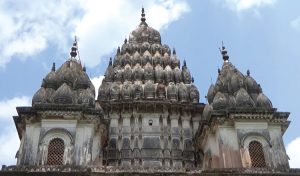
The Puthia Raj family was established by one holy man named Bhattacharya, who lived in the 16th century. Raja Man Singh, Governor of the Mughal emperor Akbar confiscated the Jagir of the refractory Pathan jagirdar of Rajshahi named Lashker Khan and bestowed the Zamindary on the saintly Bhattacharya for his learning but he declined. However, his son Pitambar was granted the Lashkarpur estate permanently.
On his death, his son Nilambar received the title of Raja from Emperor Jehangir. The Puthia Royal Family Estate was the second largest Zamindary and the wealthiest in British Bengal. After India’s partition, the then-Pakistani government abolished the zamindary system and confiscated all Hindu properties. The Royal Family migrated to India shortly after.
 Kantajee’s Temple
Kantajee’s Temple

Kantajee’s Temple is an amazing spot that dates back to the 18th century and is in Birganj near the Dinajpur district in Bangladesh. Maharaja Pran Nath built this gorgeous temple in 1752. It’s got these incredible terracotta plaques that show off all kinds of plants and animals as well as mythical stories and everyday life moments. Putia, which is famous for its temples, is also where Ram Chandra Thakur was born and was one of the 12 Bhuiyan areas. While you’re there, make sure to check out the stunning terracotta Govinda temples that were built in 1823 too, along with the biggest Shiva Temple in Bangladesh.
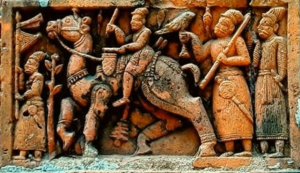
 Gaud or GAUR
Gaud or GAUR
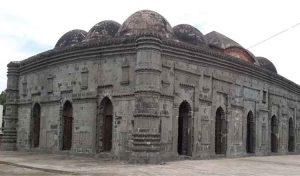
Gaud occupied greater importance, mainly for its historical mosques, than any other area. These mosques were constructed while the Muslim Sultanate was in charge back in the late 15th century. You’ll mostly find them in the western part of Bangladesh. Some of the well-known ones worth mentioning are Chotosona Mosque, Taha Khana Mosque, Darasbari Mosque, Kusumbha Mosque, and Bagha Mosque.
 Salban Vihara
Salban Vihara
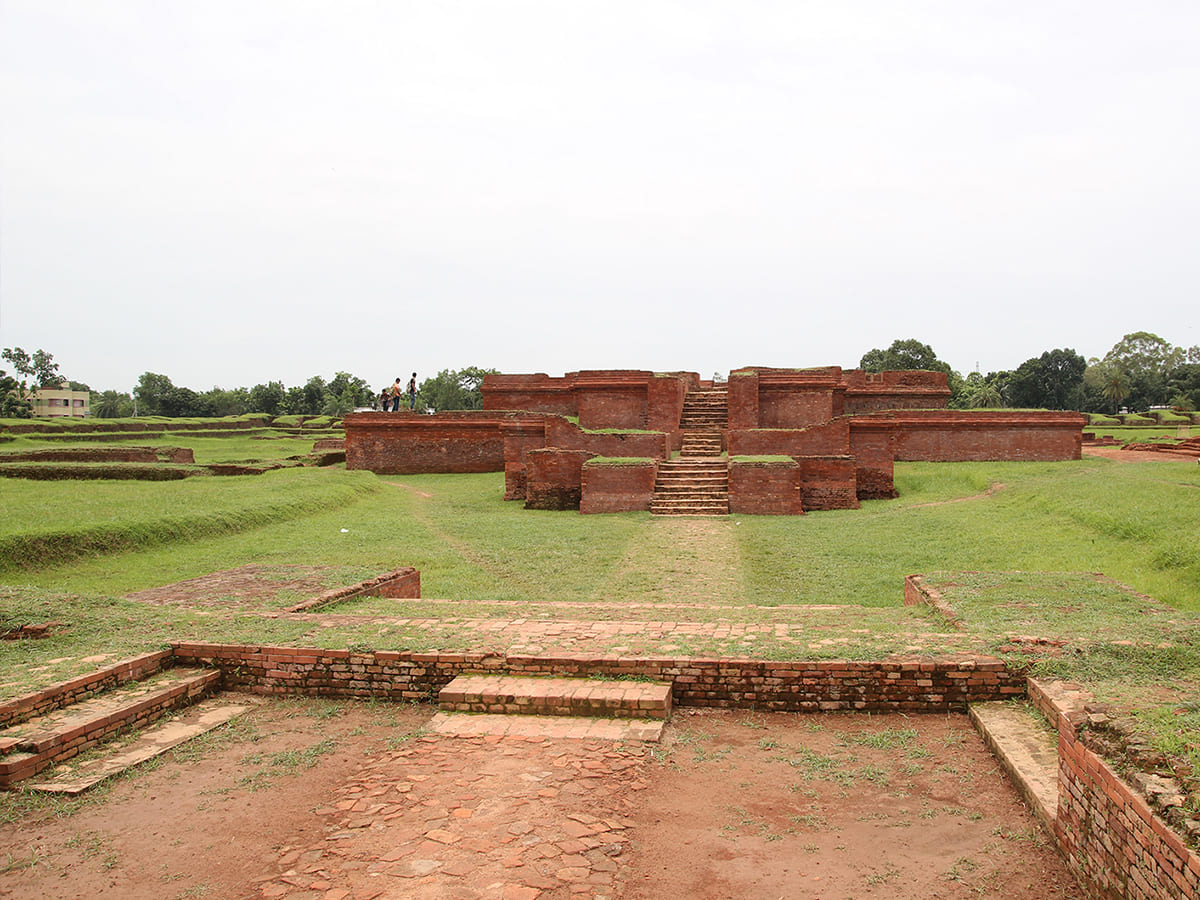
Finally, Shalvan Vihara is a tourist center noted for its antiquity. Salvan Vihara is among the most important excavated sites in Mainamati. It lies about the middle of the Lalmai ridge in the vicinity of the present-day Bangladesh Academy for Rural Development at Kotbari near Comilla. Excavations have exposed a large Paharpur-type Buddhist monastery and other material objects datable from the 7th to 12th centuries AD. Formally arranged in four wings around a central shrine, this 167.6-meter-square monastery contains a total of 155 cells.
In the next two phases, which were Periods IV and V around the 9th to 10th century AD, new floors and thresholds went up over the old ones.
- They also added some interesting touches like fireplaces and decorative brick pedestals inside the cells during this time.
- They do not belong to the original plan.
- They, evidently, relate to individual cooking and cult worship inside the cells by a few resident monks. There was, of course, a community kitchen and a great shrine in the establishment for all monks.
 First 60 Dome Mosque
First 60 Dome Mosque
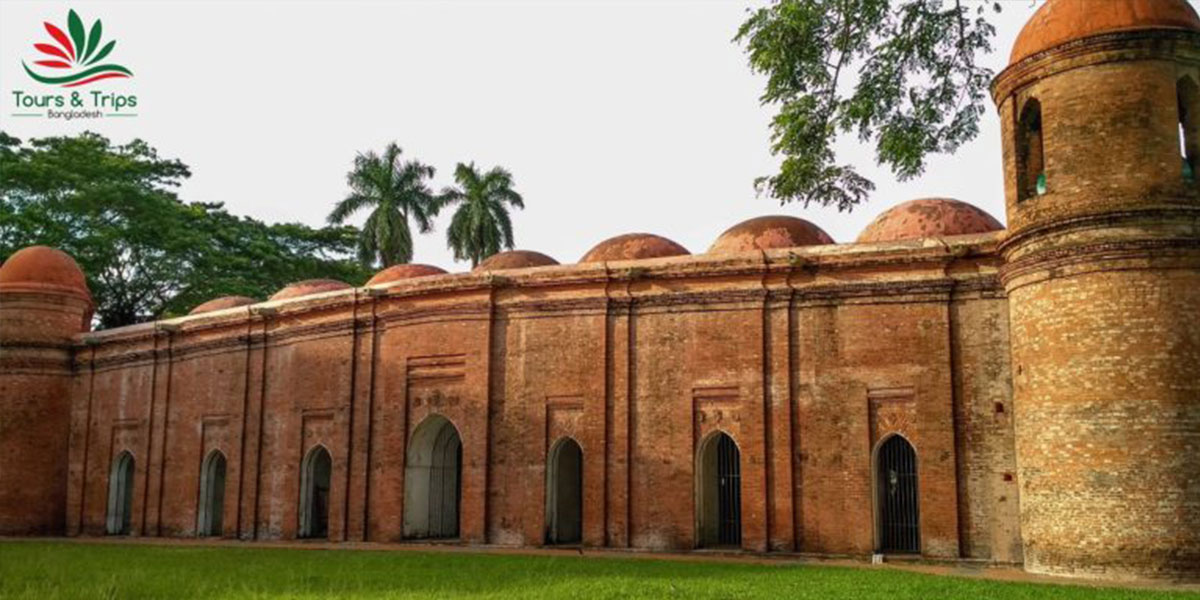
The Sixty Dome Mosque in Bagerhat, built in the 15th century, is a stunning example of medieval architecture. It was established by the well-known Muslim saint Khan Jahan Ali back in 1459. This huge building is made completely from brick and stone. It is one of the largest and most significant among all the mosques in Bangladesh and now is a world heritage site. At the same time, he constructed several other mosques in Bagerhat and adjoining areas.
 Chittagong
Chittagong

Chittagong is a beautiful place with lots of green hills and lakes. It’s the second biggest city in the country and a bustling seaport. You’ll find plenty of factories and industries there too. The area is popular with holidaymakers because of its lush hills and forests, wide sandy beaches, and nice cool weather. It’s the perfect mix of busy seaport vibes and a laid-back hill town feel with its rolling landscape. If you’re looking to explore, there are some great spots to check out in Chittagong like the Bayzid Bostami Shrine, the World War II Cemetery, Foy’s Lake, the Ethnological Museum, the Court Building, Patenga Beach, the Chatteshwari Temple, and Sitakund.
 Chittagong Hill Districts Tourist Attractions of Bangladesh
Chittagong Hill Districts Tourist Attractions of Bangladesh

The hill tracks are full of exciting spots. The landscape is pretty much what you’d expect in roof Bangladesh. You’ve got these steep, lush hills covered in evergreen trees, and they’re home to a lot of tribal folks with their unique tent culture, which is really interesting. You can meet various tribes like the Chakma, Marma, Tanchanghya, Bom, Murang, and Gorkha hanging out in places like Rangamati, Bandarban, and Khagrachari.
 Rangamati
Rangamati
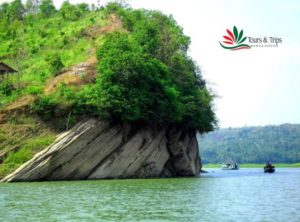
If you’re looking for a beautiful spot to check out in Bangladesh, you should definitely visit Rangamati. It’s called the land of romance, and it’s right next to the beautiful Kaptai Lake. Taking a cruise on this manmade lake is simply breathtaking, and the clear water is just calling out for a swim. Plus, you can explore the local tribal bazaar and weaving factory to get a real taste of the tribal culture here. If you’re up for an adventure, the hills of Chimbuk in Bandarban are the highest peak you can reach by road.
 Bandarban Tourist Attractions of Bangladesh
Bandarban Tourist Attractions of Bangladesh
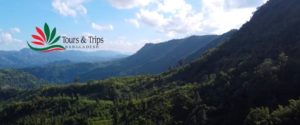
Banderban is the roof of Bangladesh located at Chittagong hill tracts, where living verities of ethnic people are different from the rest of the flat areas. There are 12 different Tribes living in the Bandarban district. Each tribe has its own distinctive rites, rituals, and dress. Each tribe also has its own language and cultural pattern. There is a lot to see in Bandarban; it allows you to visit tribal people’s daily lifestyle. Bandarban is the best place for a unique experience from one tribal village to another tribal village through the magical hilly landscape.
 Cox’s Bazar
Cox’s Bazar
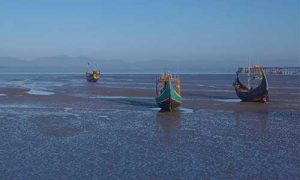
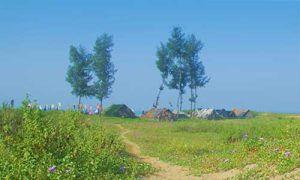
 St. Martin’s Island Tourist Attractions of Bangladesh
St. Martin’s Island Tourist Attractions of Bangladesh

It is a small Island with a population of about 7/8 thousand people and they depend on fishing directly or indirectly. There are beautiful corals on the southeastern corner of this island. The water around this Island is emerald green and always invites one to join for a relaxing bath. It will be possible to snorkel here if you carry your snorkeling gear. This trip will be tenacious and rough to some extent and participants should note it while joining the trip. From Teknaf around two (2) and an hour boat ride away is the only living coral island in Bangladesh, St. Martin. Snorkeling is possible here to see and enjoy the colorful underwater.
 Sylhet Moreover, Sreemangal
Sylhet Moreover, Sreemangal
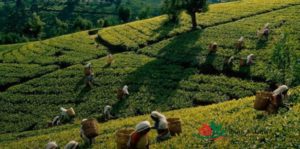
Bangladesh has some really cool places to visit, and Greater Sylhet is definitely one of the highlights. It’s famous for its tea with gorgeous rolling hills and vibrant green forests all around. The area is home to the Monipuri, Khasia, and Garo tribes, and each one has its own distinct culture. You’ll find Sylhet sitting snugly between the Khasi-Jaintia and Tripura hills, surrounded by beautiful tea fields that add to its charm.
The soft hills, pleasant weather, and also a good amount of rain make Sylhet one of the top tea-growing spots in the world. If you head to Srimongal, just south of Sylhet, you’ll find the tea capital, where tea gardens seem to go on forever, covering the hills and valleys like a giant green blanket. Plus, it’s home to some of the largest tea gardens on the planet. And don’t miss out on the Monipuri dance and weaving, which are truly something to see!
 Sundarbans
Sundarbans
The Sundarbans mangrove forest spreads out over about 10,000 square kilometers, with around 6,000 of that in Bangladesh. You’ll find 55 different forest sections here that vary between 40 and 160 square kilometers, along with a bunch of islands too. It’s well known for its awesome semi-aquatic tigers called the Royal Bengal Tiger. The latest count says there are about 500 of these tigers roaming around in the forest.It also houses a fair amount of spotted deer, wild boar, rhesus monkeys, saltwater crocodiles, water monitor lizards, pythons, etc.
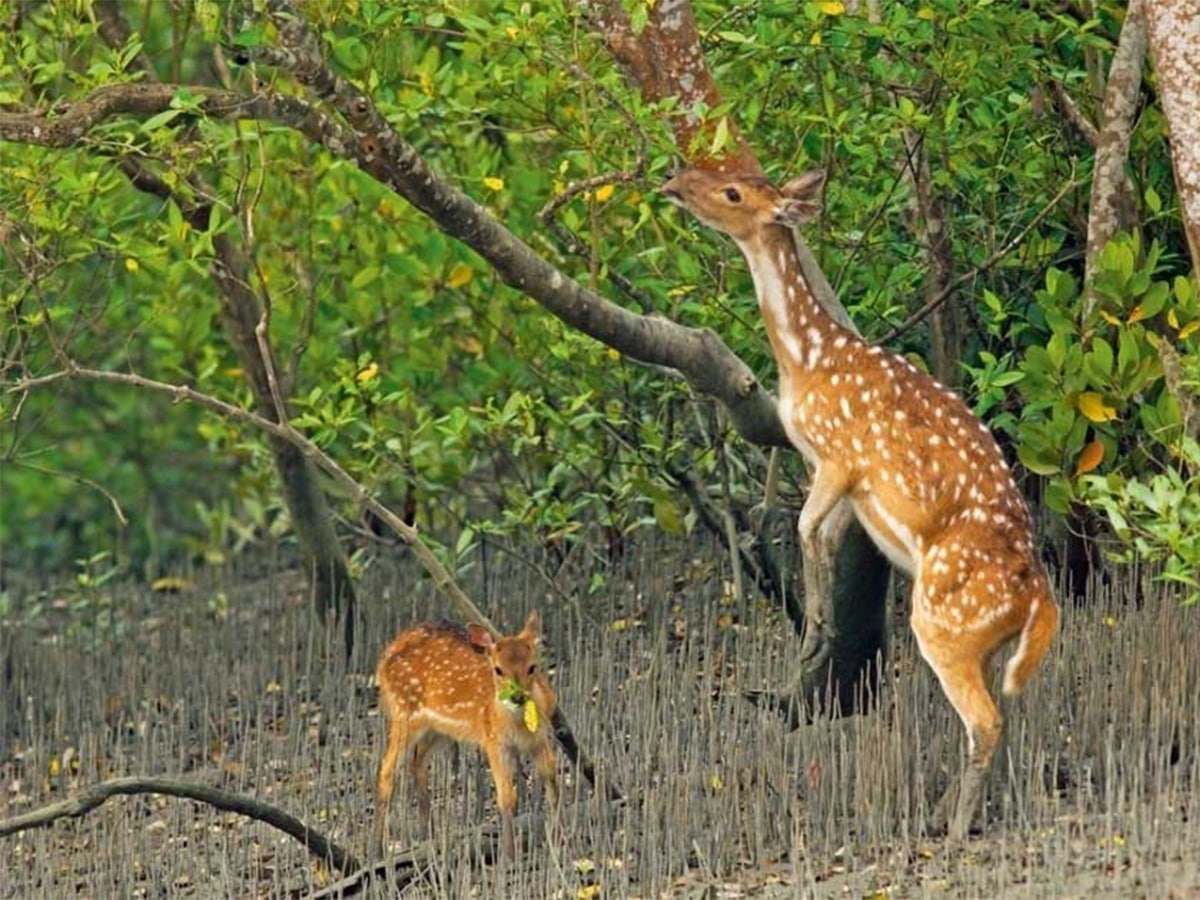
The forest is home to an amazing mix of 330 kinds of plants, 35 types of reptiles, 400 different fish, 270 bird species, and 42 types of mammals. Back in 1997, UNESCO recognized the Sundarbans as a World Heritage Site, and they’ve been looking into several ways to protect the forest since then. You can also find three wildlife sanctuary areas in the Sundarbans.

Dublar Char is a cool island in the southern part of the Sundarbans mangrove forest. It’s a really nice spot where you can just relax and enjoy the lively atmosphere around you. Dublar Char is actually the biggest place for drying fish in the Sundarbans, and it’s super important for the local economy. Fishermen from different districts come here to dry their catch.
In conclusion, Tourist Attractions of Bangladesh
Bangladesh is a treasure trove of historical tourist attractions and natural wonders, offering an unparalleled blend of culture, heritage, and scenic beauty.From the ancient ruins of Mahasthangarh and the grandeur of Paharpur Vihara to the stunning 60 Dome Mosque and the serene landscapes of Chittagong Hill Tracts, every corner of the country has a story to tell.The Sundarbans, home to the Royal Bengal Tiger, and the pristine beaches of Cox’s Bazar and St. Martin’s Island further highlight the diversity of experiences available.
Bangladesh is full of awesome history, vibrant traditions, and beautiful nature. If you love exploring the past or enjoying the outdoors, it’s definitely a place to check out. You can visit the ancient Puthia Temples or chill out in the serene tea gardens of Sylhet and Sreemangal. You’ll make some unforgettable memories, for sure.


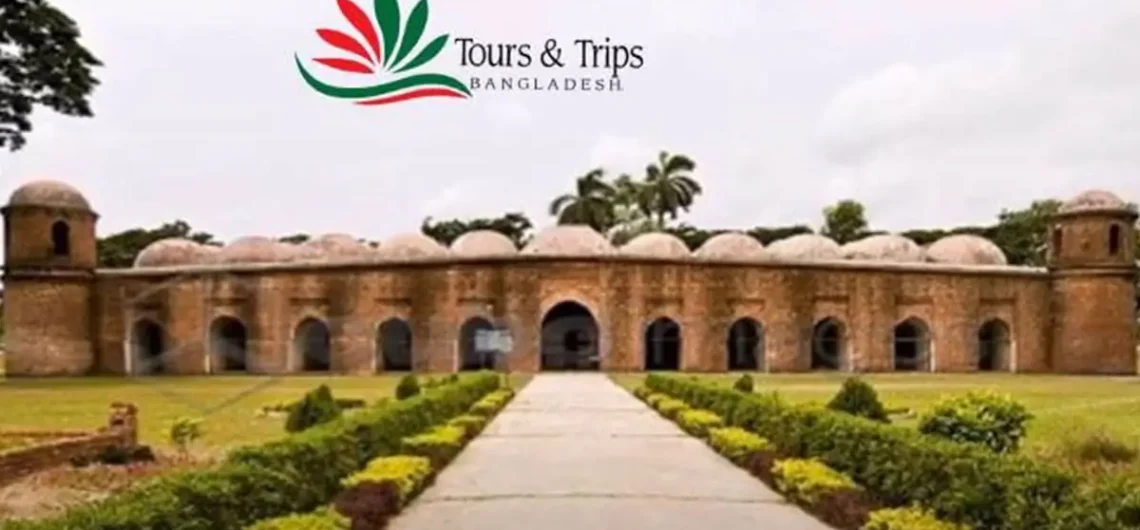
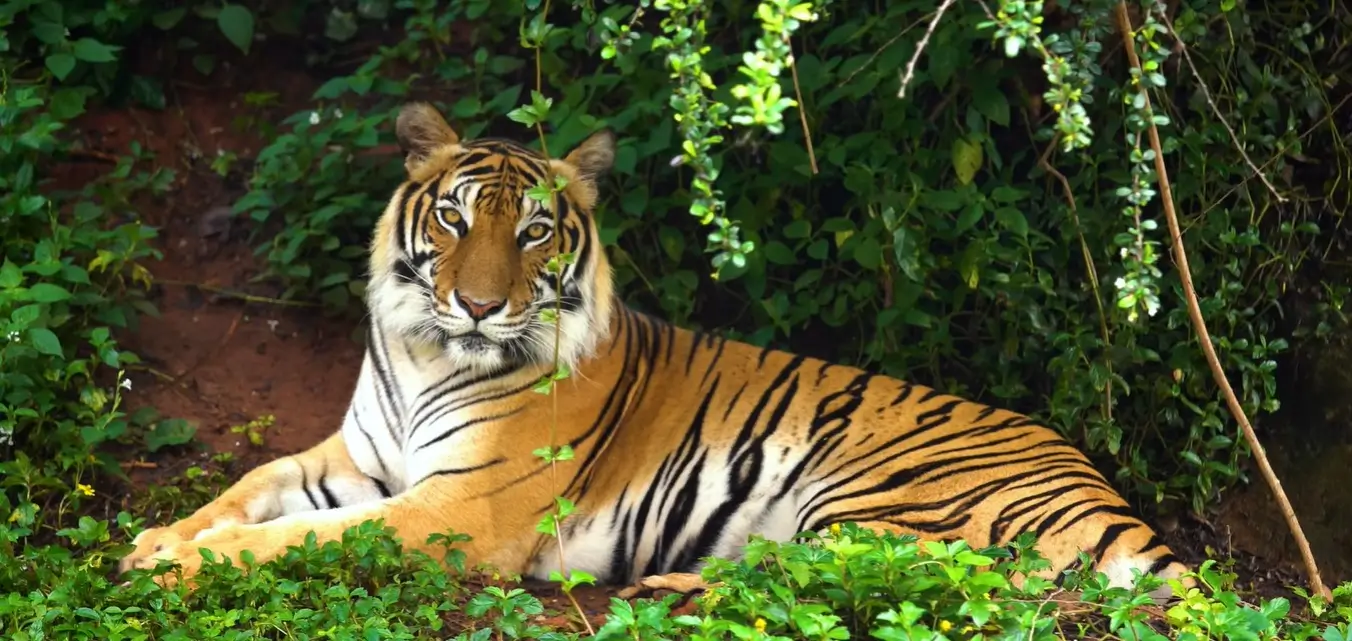
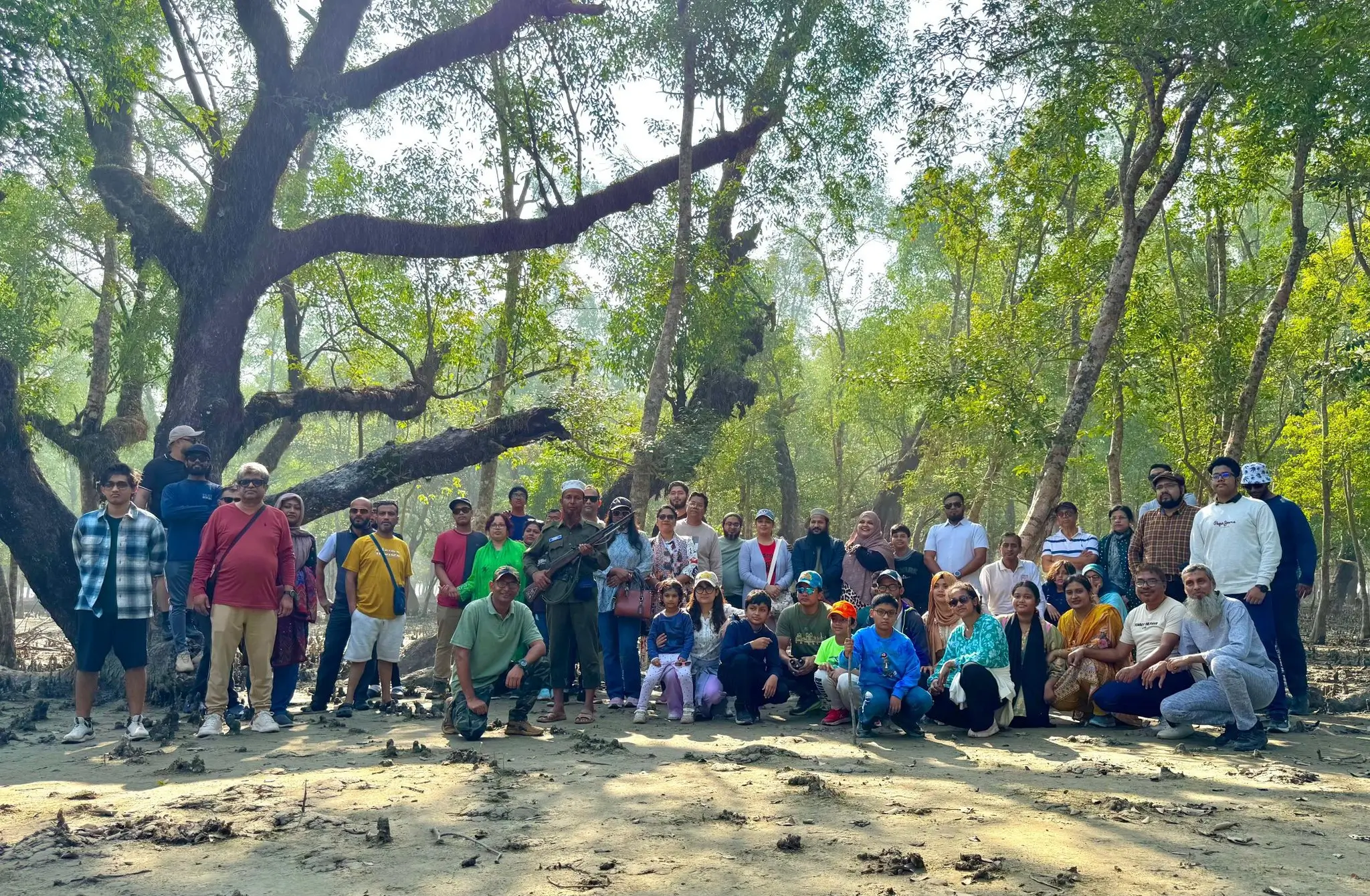

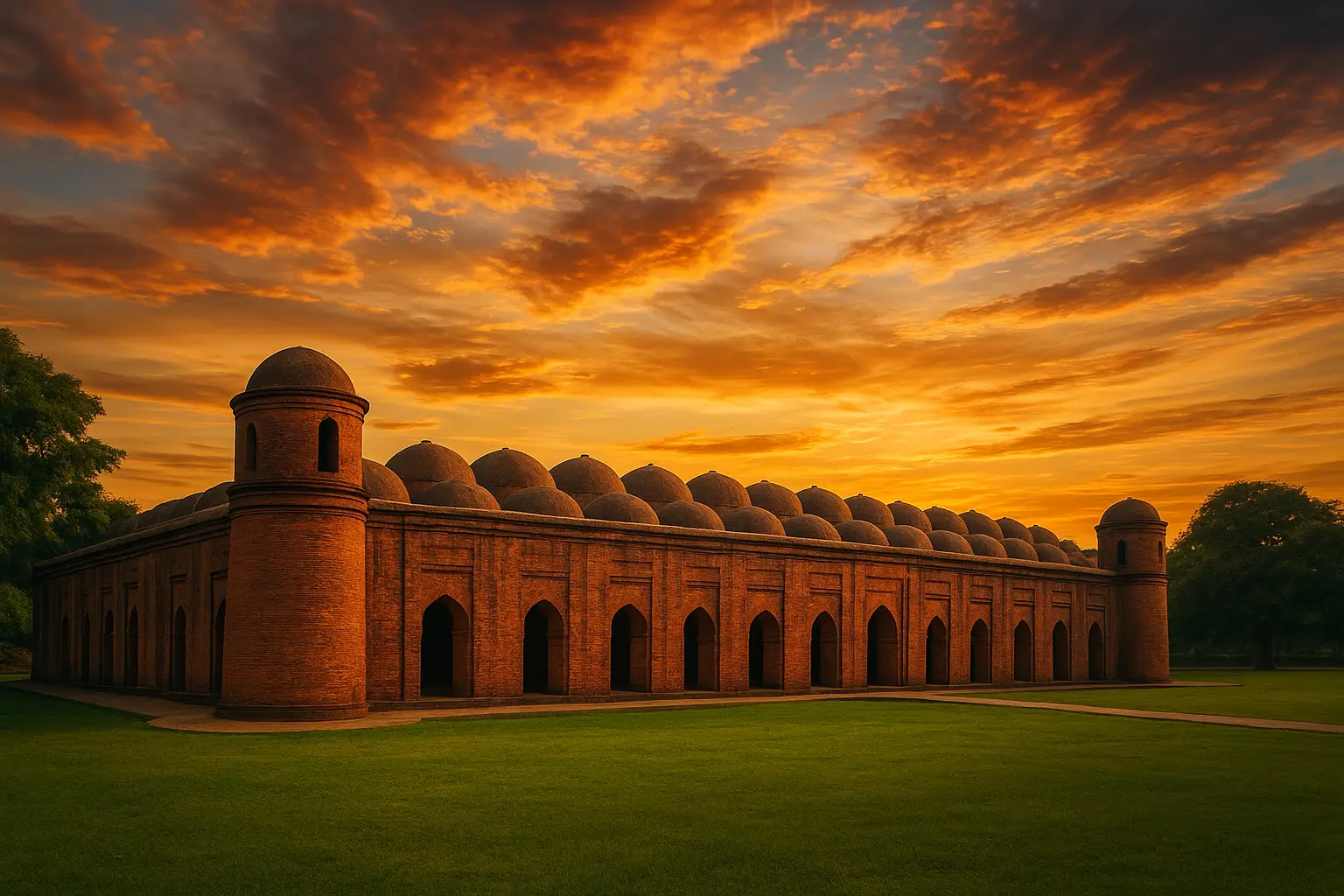
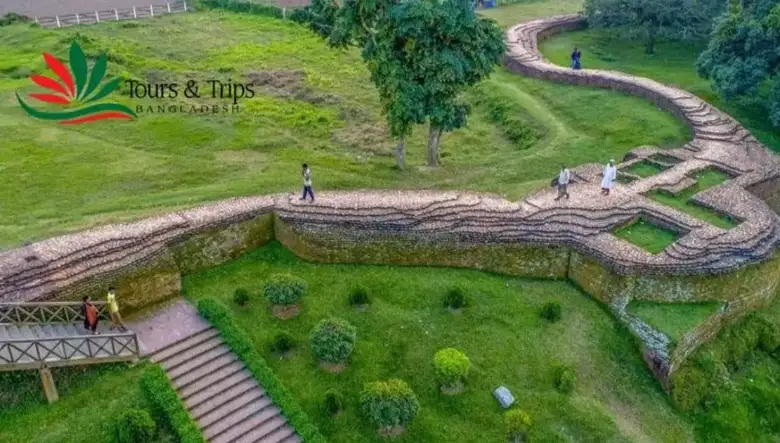
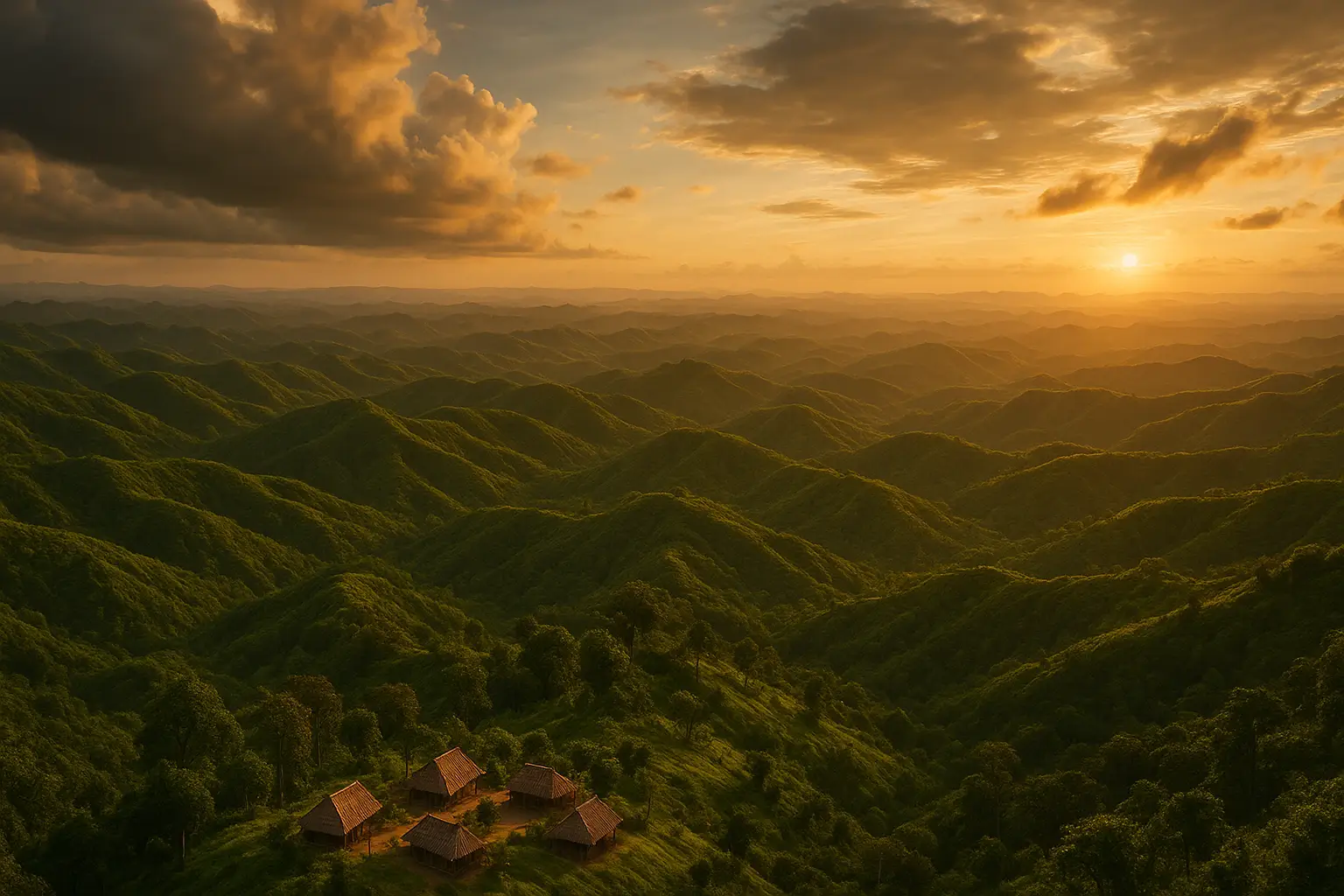



Comments